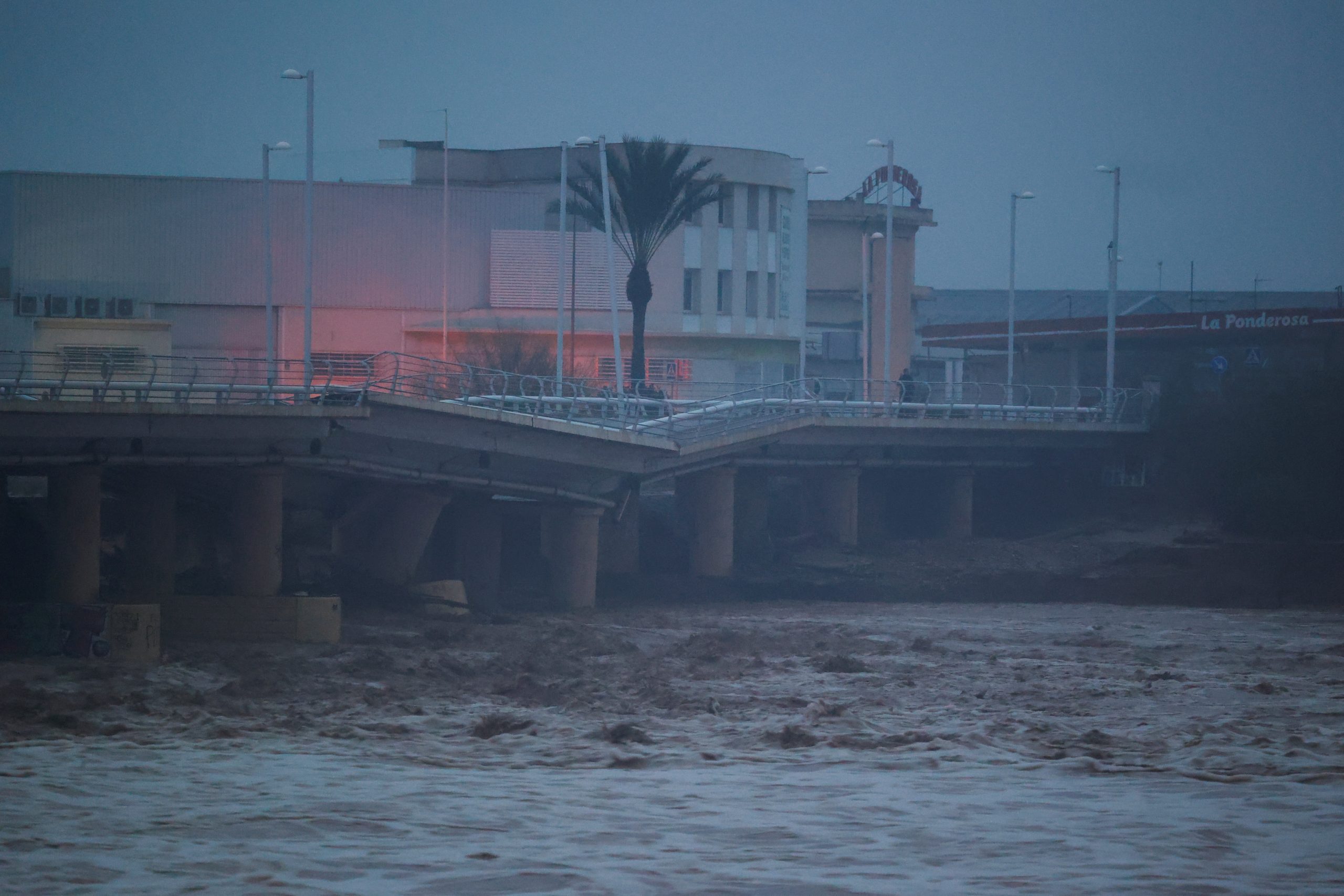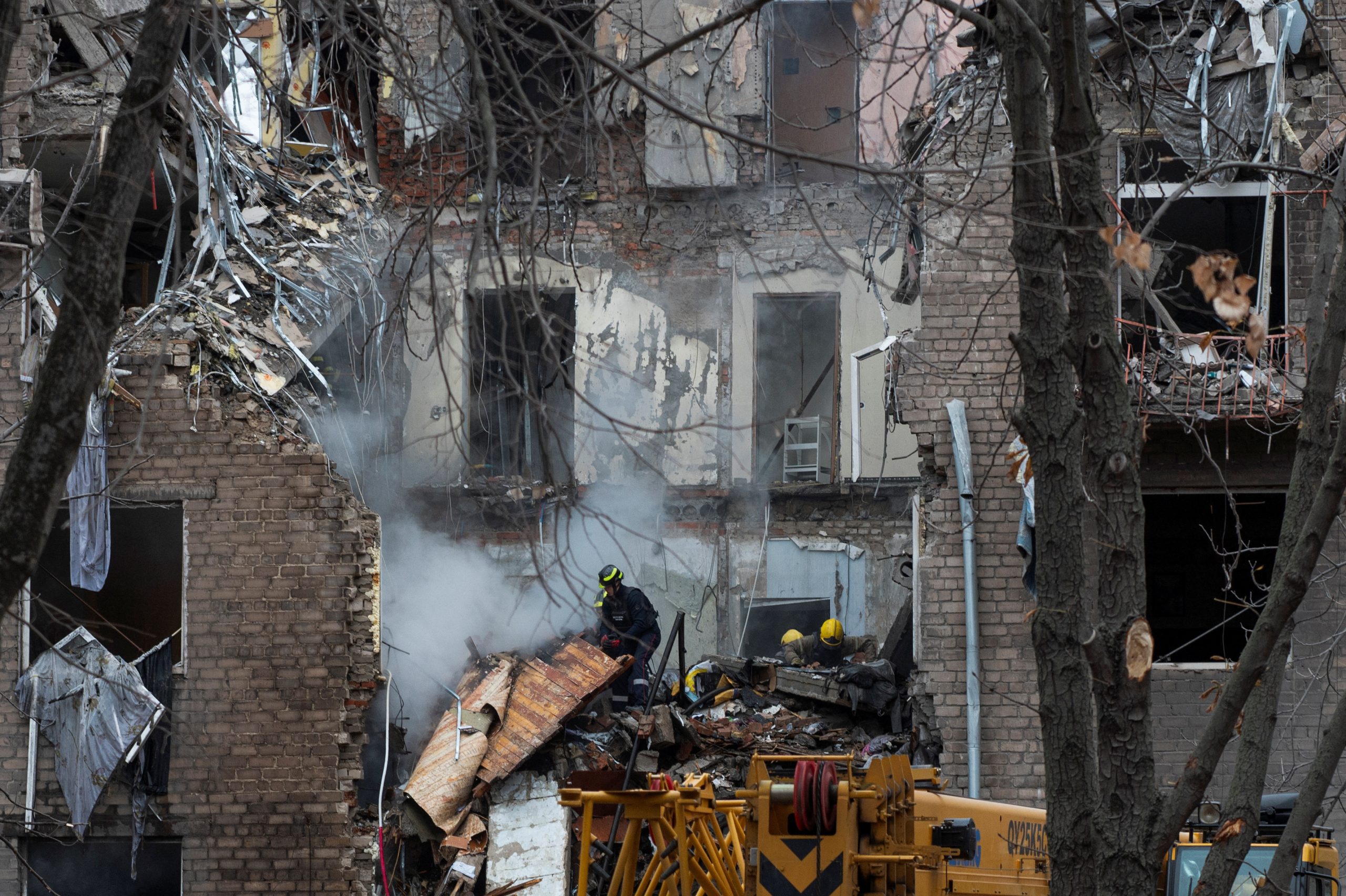“Cars were tumbling like toys, streets turned into rivers, and entire towns went silent,” cried one survivor as Spain grapples with one of its most deadly flood disasters in recent history. Torrential rains, so intense that in some areas they unleashed a year’s worth of precipitation in just eight hours, have ravaged the eastern and southern regions of Spain, especially Valencia, leaving at least 51 dead. The destruction is staggering as streets are swamped with fast-flowing, mud-colored torrents that have carried away everything in their path, from vehicles to entire bridges, leaving many still searching desperately for loved ones.
In Valencia’s Chiva, nearly 500 mm of rain turned the normally dry terrain into a sprawling disaster zone. Emergency responders face mounting pressure as calls for help flood in from stranded residents and from others in frantic search of missing family members. Helicopters have been dispatched for airlifts, and rescue teams are navigating an ocean of debris on foot and with drones, doing everything possible to reach those who remain trapped. “The priority is to find these people,” urged Milagros Tolon, a top official monitoring the response effort, adding that resources have stretched to unprecedented limits.
The speed and force of the floodwater have stunned even seasoned emergency workers. Footage circulating on social media captures chilling scenes: people clinging to trees to avoid being swept away, roads that resemble wild rivers, and abandoned cars tossed like leaves by the relentless current. The Spanish military has deployed over 1,000 soldiers to the affected zones, with additional reinforcements prepared as the search-and-rescue operation ramps up. Meanwhile, a high-speed train carrying nearly 300 passengers derailed in Malaga due to the storms, though miraculously, no injuries were reported.
As officials warn that the storms could continue through Thursday, Prime Minister Pedro Sanchez has called for vigilance, urging citizens to “stay safe and follow all emergency guidance.” Spain’s national weather agency, AEMET, issued the maximum red alert for Valencia and serious warnings for neighboring regions, blaming a rare weather phenomenon known as DANA (Depresión Aislada en Niveles Altos). This atmospheric anomaly, where a cold air mass becomes trapped above warmer, moisture-rich air, has intensified the rainfall to an astonishing level, blanketing Spain’s drought-prone lands with the most severe rains seen in years.
In light of the tragic scope of this disaster, the Spanish government has quickly established a crisis committee to streamline coordination across military and local response teams. But as the rain continues to pour, many are left wondering how Spain’s climate could be shifting so dramatically. Environmental scientists, watching the frequency of extreme weather events rise, have long warned that climate change may be exacerbating these phenomena. Just earlier this year, Spain battled a historic drought that left reservoirs dry, only to now be inundated by torrents beyond imagination.
With the death toll feared to rise as waters recede and rescuers reach previously inaccessible areas, Spain finds itself at a pivotal moment. As nightfall approaches and families huddle in evacuation centers, a nation waits—anxious, heartbroken, and holding onto hope amid disaster.
Sources for this article include: The Associated Press, Spanish public television, and eyewitness reports.
















